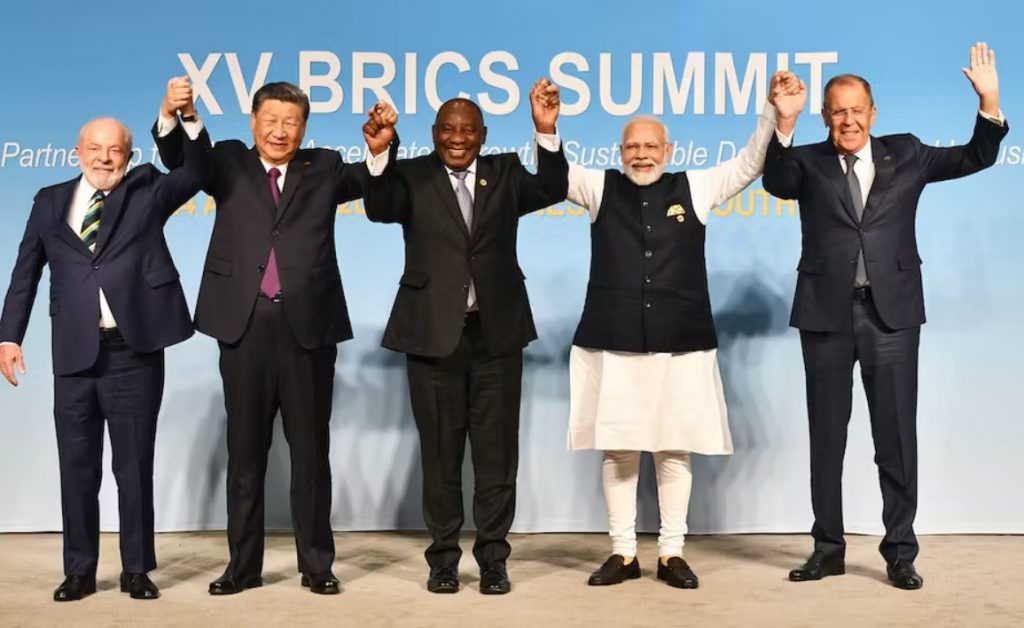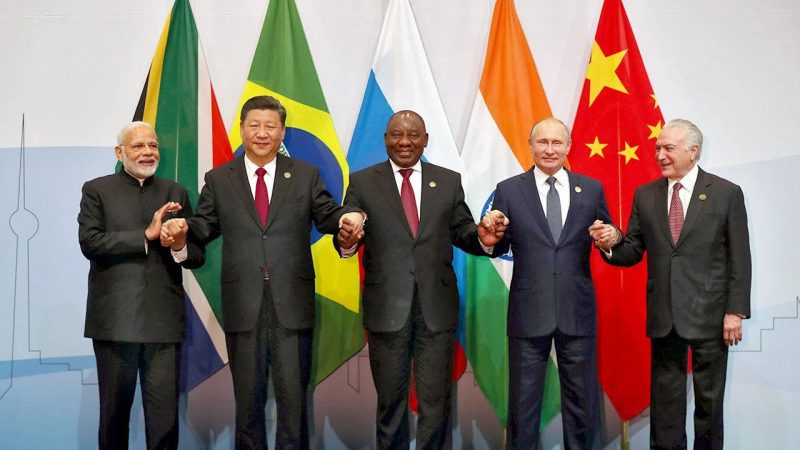The BRICS Bloc is launching BRICS Pay as a new financial settlement platform for the member countries to use. The payment method has been under development for some years now. In 2019, the BRICS pay app was unveiled at a conference. In a video, a demonstrator shows a bottle of South African wine being purchased in a Moscow store using the mobile Brics Pay app.


BRICS hopes that the new payment service will change the volume of trade and the volume of financial transactions between the BRICS members by making payments easier. The BRICS member countries are focusing on de-dollarization and using their respective national currencies. The new payment system will accelerate this process.
Also Read: BRICS Expansion a Geopolitical Tactic or Economic Power Play?
BRICS Pay Already Being Implemented
The UK’s Standard Chartered Bank has integrated Brics Pay into its digital payment platform to enable its customers to make payments to other BRICS countries. The system itself uses blockchain technology. However, it is not a CBDC or cryptocurrency. It is as a Digital Service that does not have a single acceptable currency. In turn, this allows any of the BRICS member to use their own native currencies.
In addition, the State Bank of India has launched a BRICS Pay-based mobile app for cross-border transactions, while Russia’s Sberbank has partnered with the payment system so that its customers to make cross-border payments. Furthermore, the UK’s Standard Chartered Bank has integrated Brics Pay into its digital payment platform to enable its customers to make payments to other BRICS countries.
Also Read: BRICS: Argentina to Dump the Peso for the US Dollar?
BRICS Pay serves several main purposes. Mainly, it helps international trade cross-border payments between companies, investments, and microfinance. This is a major step towards making trade between the member countries easy and able to transact in real-time.





